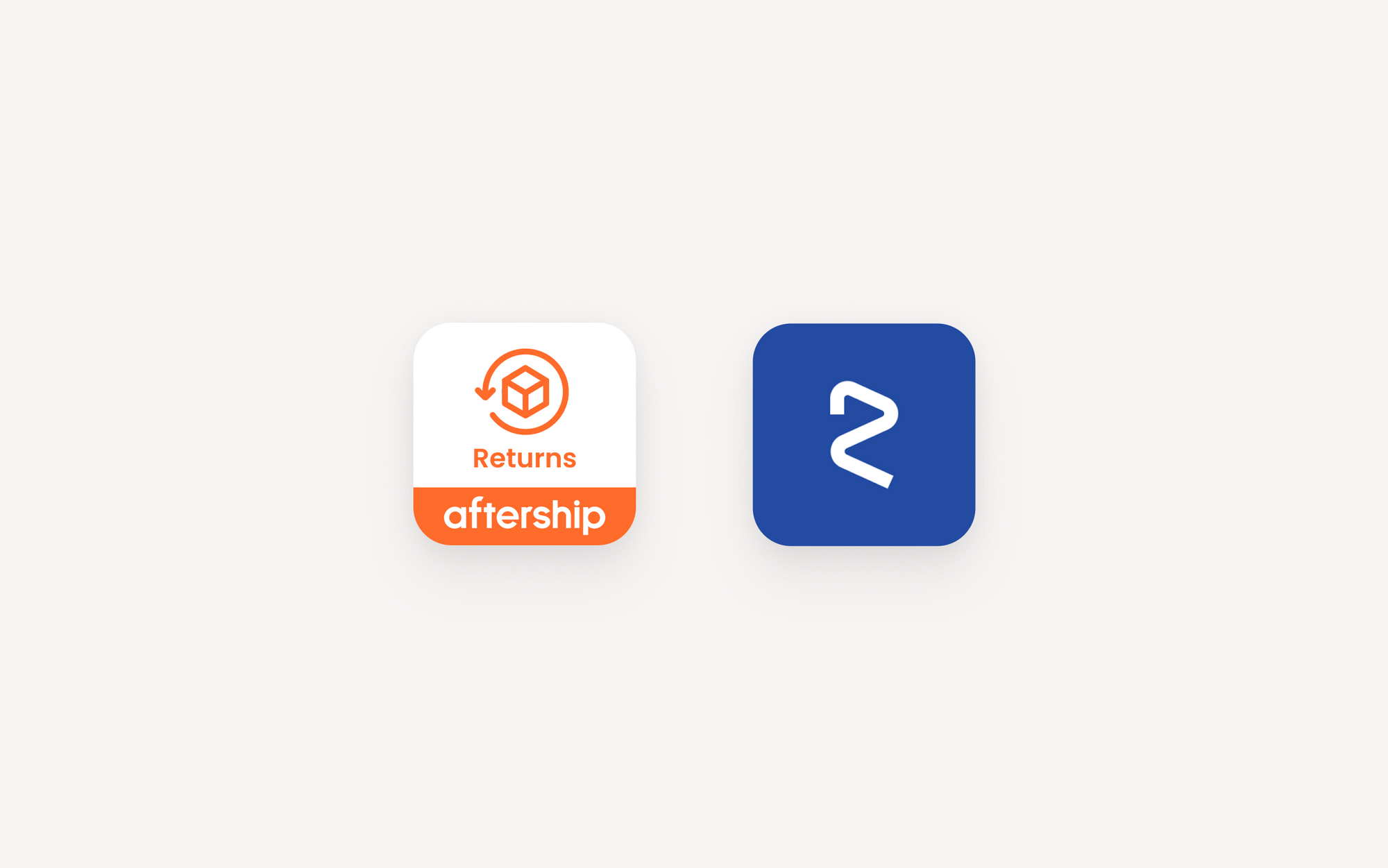
Returnly: Complete Buyer's Guide
Innovative instant credit and risk-bearing returns processing
Returnly was a mid-market returns management platform that operated from 2013 until its discontinuation in fall 2023, when services were migrated to Loop Returns following acquisition by Affirm [45]. While no longer available as a standalone solution, Returnly's innovative approach to instant credit and risk-bearing returns processing significantly influenced the current returns management landscape.
Market Position & Maturity
Market Standing
Returnly operated in the mid-market returns management segment from 2013 until its discontinuation in fall 2023, competing against enterprise solutions like Optoro RMS and SMB-focused platforms like ReturnGO [47][54].
Company Maturity
The platform's acquisition by Affirm in 2021 marked a strategic shift toward integration with Affirm's core lending services, ultimately leading to the standalone service discontinuation [45][50].
Industry Recognition
Industry recognition was primarily limited to Shopify partner ecosystem acknowledgment rather than broader industry analyst recognition.
Strategic Partnerships
Strategic partnerships remained limited compared to enterprise competitors, with primary focus on Shopify ecosystem integration rather than broad platform partnerships.
Longevity Assessment
The service discontinuation reflects broader consolidation trends in the returns management market, with standalone solutions increasingly absorbed by larger platforms.
Proof of Capabilities
Customer Evidence
Returnly's capabilities were primarily demonstrated through Shopify-based SMB implementations, particularly in fashion and apparel verticals where the platform achieved strongest market traction [46][60].
Quantified Outcomes
The instant credit model provided measurable value for merchants focused on customer retention and repeat purchase acceleration, addressing the critical cash flow gap between customer returns and new purchases [49][56].
Market Validation
Market validation remained primarily vendor-sourced, with customer evidence lacking comprehensive independent verification across available documentation [49][58].
AI Technology
Returnly's technical architecture centered on rule-based automation rather than advanced machine learning, with AI functionality focused on predictive analytics for return likelihood identification and instant credit algorithms using historical return data [50][56].
Architecture
Integration capabilities focused heavily on Shopify ecosystem optimization, with streamlined APIs designed for rapid deployment in Shopify-based environments [46][58].
Primary Competitors
Optoro RMS, ReturnGO
Competitive Advantages
The risk-bearing instant credit model allowed customers to repurchase immediately before completing returns, with Returnly assuming liability for unreturned merchandise [49][56].
Market Positioning
Market positioning focused on Shopify-centric SMBs rather than enterprise-scale operations or complex multi-channel implementations.
Win/Loss Scenarios
Win scenarios typically involved mid-market fashion and apparel retailers using Shopify who prioritized instant credit capabilities and streamlined return processing over advanced analytics. Loss scenarios occurred with enterprises requiring complex integrations, businesses needing sophisticated AI-driven insights, or organizations operating outside the Shopify ecosystem [47][54].
Key Features

Pros & Cons
Use Cases
Integrations
Pricing
Featured In Articles
How We Researched This Guide
About This Guide: This comprehensive analysis is based on extensive competitive intelligence and real-world implementation data from leading AI vendors. StayModern updates this guide quarterly to reflect market developments and vendor performance changes.
61+ verified sources per analysis including official documentation, customer reviews, analyst reports, and industry publications.
- • Vendor documentation & whitepapers
- • Customer testimonials & case studies
- • Third-party analyst assessments
- • Industry benchmarking reports
Standardized assessment framework across 8 key dimensions for objective comparison.
- • Technology capabilities & architecture
- • Market position & customer evidence
- • Implementation experience & support
- • Pricing value & competitive position
Research is refreshed every 90 days to capture market changes and new vendor capabilities.
- • New product releases & features
- • Market positioning changes
- • Customer feedback integration
- • Competitive landscape shifts
Every claim is source-linked with direct citations to original materials for verification.
- • Clickable citation links
- • Original source attribution
- • Date stamps for currency
- • Quality score validation
Analysis follows systematic research protocols with consistent evaluation frameworks.
- • Standardized assessment criteria
- • Multi-source verification process
- • Consistent evaluation methodology
- • Quality assurance protocols
Buyer-focused analysis with transparent methodology and factual accuracy commitment.
- • Objective comparative analysis
- • Transparent research methodology
- • Factual accuracy commitment
- • Continuous quality improvement
Quality Commitment: If you find any inaccuracies in our analysis on this page, please contact us at research@staymodern.ai. We're committed to maintaining the highest standards of research integrity and will investigate and correct any issues promptly.